It’s late morning at the Overends Kitchen at Airfield Estate in the south Dublin suburb of Dundrum. Kale, rocket and brassica salad leaves brought in from the garden are being washed and prepared for green salads for lunch. Nasturtium, calendula and borage flowers from the nearby beds are sprinkled on top as colourful and tasty garnishes. Meanwhile, batches of Guinness and treacle brown bread are cooking in the oven, as made-from-scratch soups simmer on the hob.
Butter made from the milk and cream of the Jersey cow herd on the urban farm is set out in tiny dishes to be served with soup and bread. The milk is pasteurized (but non homogenized) on site, making for a distinctive creamy texture.
Airfield craft gardener Virginia Lyons shows us around the vegetable and fruit gardens, which are full of beds of kale, rainbow chard, rhubarb, Brussel sprouts, purple flowering broccoli and artichokes. Rose hips cling to the hedgerows, while the hazel trees are empty of their recently harvested nuts.
“It’s very satisfying to see how your hard work producing crops from seed is used for the food served in the café,” Lyons says.
READ MORE
Head chef Isobel Farrelly, who works for the Gather&Gather catering company which runs the Overends Kitchen, says the focus in the farm-to-fork kitchen is on minimising waste and encouraging re-use. “We use today’s unsold focaccia bread for toasted sandwiches tomorrow. We save all the coffee grinds to bake beetroot overnight in the ovens. We make yogurt and ice-cream from leftover cream, milk and brown bread. I save cheese rinds for risotto and stocks,” she explains. Any waste that can’t be used in the kitchen is sent to their own biodigester, a huge machine where the decomposed material (known as digestate) is mixed with compost from the farm and garden.
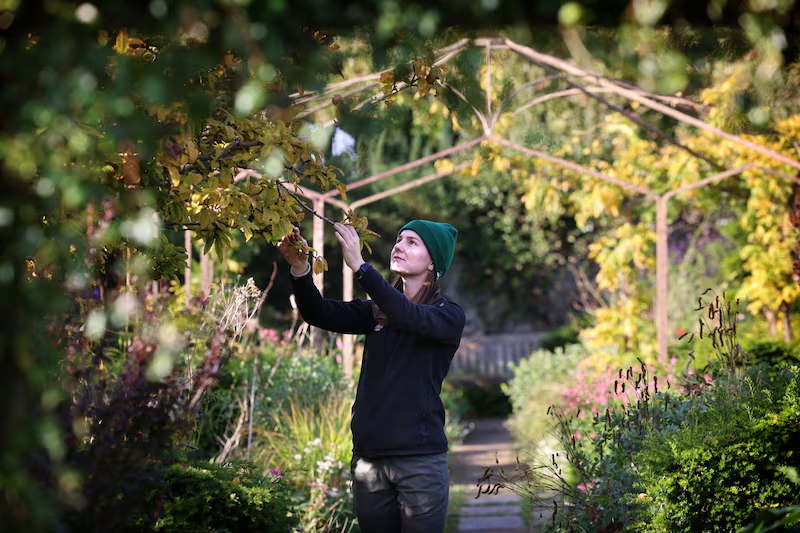
The on-site farm and garden at Airfield means Farrelly can have conversations directly with the gardeners at Airfield about what vegetables and fruits she needs for each season in the kitchen. Any excess produce that can’t be used in the restaurant is brought to another Gather&Gather restaurant, or sold at the Airfield farmers’ market on Fridays and Saturdays.
Farrelly thinks restaurants should be sanctioned if they don’t separate their food waste out from other bins in their kitchens. “There is no excuse for it anymore,” she says.
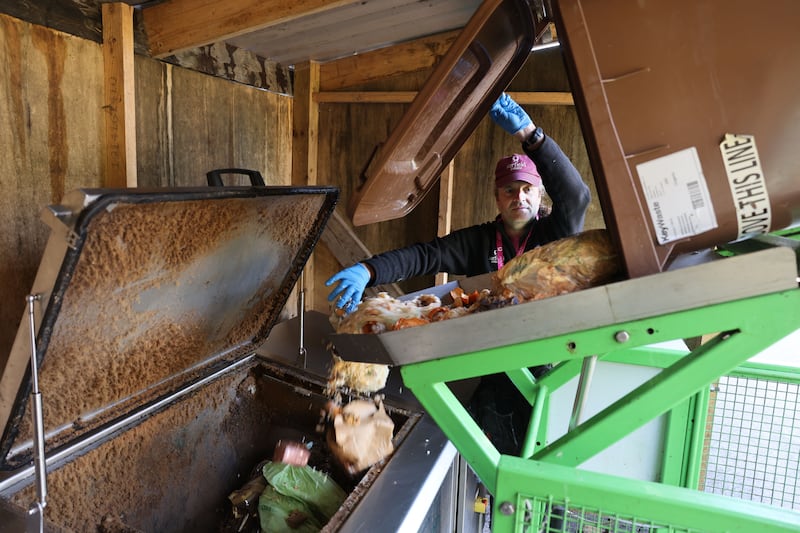
Food waste is a pernicious problem that often gets left out of the big debates on how to solve our environmental crisis. Taken as a whole, our food system causes one-third of all greenhouse gas (GHG) emissions, with food waste accounting for between eight and ten per cent. It is estimated that the Irish food service sector wastes more than 200,000 tonnes of food, worth €300 million per year.
But in the last number of years, there is an enthusiastic band of chefs working hard to reduce food waste in their kitchens and spread the message right across the food system, from producers to consumers.
“We are in a unique position to take responsibility as chefs to create a regenerative food system and share it with a wider audience to affect trends and Government food policy in the future,” says Tom Hunt, English eco-chef and author of the inspirational and innovative cookbook, Eating for Pleasure, People and Planet.
Together with his compatriot, Doug McMaster, owner of Silo zero food waste restaurant in Hackney Wick in London, Hunt is an international influencer challenging chefs to create delicious, biodiverse, sustainable menus with little or no food waste. Both Hunt and McMaster spoke at the Food on the Edge gathering for chefs and food producers in Airfield Estate in Dublin in October.
In his book, Hunt encourages chefs and consumers alike to break free from recipes repurposing leftovers as one of the solutions to food waste and build dishes from the best ingredients they have to hand. His “root to fruit manifesto” encourages people to buy locally sourced seasonal produce, unpackaged if possible, from sustainable farm systems and use every single part of the produce.
Speaking to The Irish Times at Food on the Edge, Dough McMaster explained how his zero food waste journey started when an artist challenged him to not have a food bin in his kitchen. “I realised at a deeper level that food waste came from the industrialisation of everything – big mono-cultural crops, large wholesalers creating plastics and pollution,” he said.
Silo is based on a “holistic wholefood natural food system which doesn’t throw anything away”. “We have a radically different supply chain and procurement of whole foods. We buy our meat from ethical butchers. We mill our own flour and make our own butter from cream and use the leftover bran and buttermilk in other ways.”
In December 2014, Hunt cooked a “Forgotten Feast” for more than 200 people in London’s Borough Market, made entirely from food that would have otherwise gone to waste. The event has since inspired pop-up charity fundraiser dinners made from donated surplus food, and zero-waste supper clubs around the world.
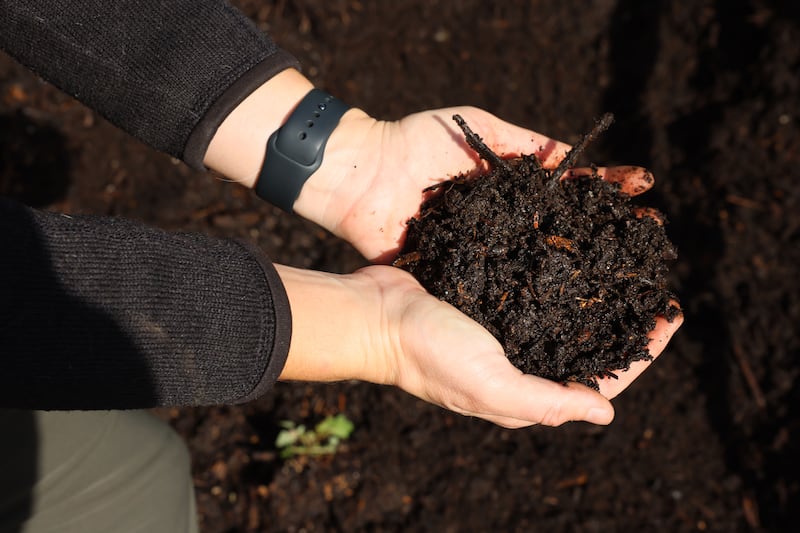
Using vegetable and fruit peelings to create fermented foods, preserves or seasoning powders are just some ways chefs can create new tasty ingredients from leftovers and surplus food. Dehydrating is another method that can work well for some ingredients, by drying overnight at low temperatures in ovens.
“Chefs like JP McMahon and Conor Spacey have led the way in reducing food waste in Ireland,” says chef Janice Casey Bracken, the former head chef at Dunbrody House in Co Wexford, now group development chef at the O’Donoghue Ring Collection of hotels in Killarney, Co Kerry.
“I have been foraging for foods and making things like potato starch from potato peels and salt from dried out seaweeds. It’s about taking a step back and looking at the thrifty ways of our grandparents.”
She mentions how the Towers Hotel in Killarney has a hydroponic farm where rainbow chard, salad leaves, kale and spinach is grown on irrigated shelving units under LED lights. “The chefs come and harvest these vegetables every day. We also have beehives on the roof of the Plaza Hotel for our honey and we send our spent coffee grinds to a local producer, who puts them through her compost and sells us back her salads.”
Other innovative ways Casey Bracken is reducing food waste include making the fermented drink, tapache from pineapple skins, and incorporating unused herbs from cocktails in sourdough starters.
In 2022, the GIY (Grow It Yourself, the Waterford-based social enterprise established in 2008 to empower people to grow their own food) received funding from the Department of Environment, Climate and Communications and the Environmental Protection Agency to run free online video courses for chefs to reduce food waste in the hospitality industry. This Wasted programme also aims to create a network of chefs who adopt the circular economy principles, where every part of the food is used, re-purposed or sent for composting.
JB Dubois, the head chef at Grow café at the GIY headquarters in Waterford City, is one of the chefs who contributed to the online videos. “We cover everything from storage to preparation, purchasing and menu-writing, and there are sessions on measuring your food waste bin at the beginning and the end of the course,” he says.
The Grow café doesn’t have a brown bin collection, as any food waste that does leave the kitchen goes into the GIY’s onsite composting system to fertilize the soil for the food crops which then supply the café.
Dubois says the most exciting part of reducing food waste is creating new ingredients for dishes. “First we must ask if certain vegetables need to be peeled and if so, how can the peels be incorporated back into dishes. Things like this push the creativity of the team, and means that we are always talking about food,” he explains. For example, he makes potato farls from breadcrumbs and potato skins. He dehydrates tomato stems to make a powder to coat fish. He also uses the roasted roots of the salsify vegetable to marinade pork or as a coffee-substitute in cakes and he uses the large cabbage-like leaves on the tops of Brussel sprouts in stir-fries, or to make kimchi (salted fermented vegetables).
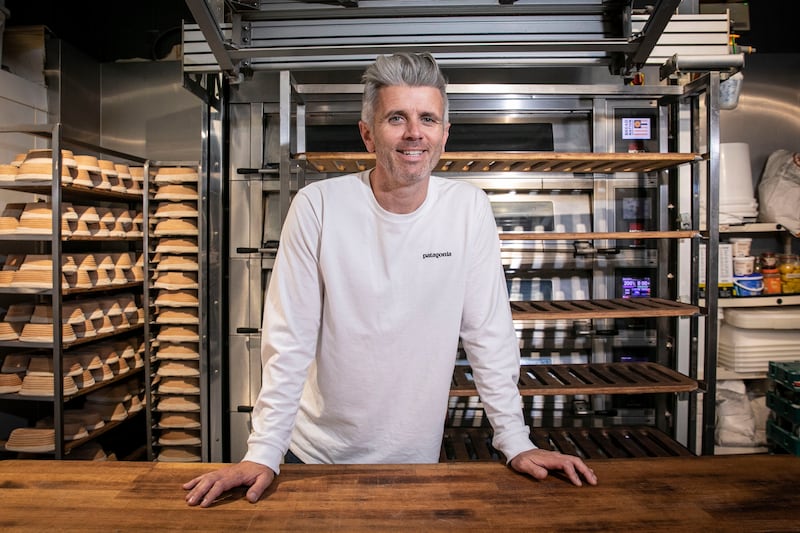
Eoin McCluskey, owner of Bread 41 bakery on Pearse Street, also got rid of food waste bin in his kitchens two years ago. “We continuously monitor our food waste. We are very conscious of what we buy in. We try to find the perfect balance on customers’ plates, and give them any leftovers to take home with them. We plan what we bake so that we run out around 2pm,” he explains.
McCluskey also runs a delightful barter system in which customers (this writer included) exchange home-grown apples, pears and damsons for fresh pastries and bread. “We don’t buy any apples and we cook the peels to make apple jelly. We take boxes of bananas from Cream of the Crop [a food business which makes icecream, sorbet and bars from surplus ingredients] to make banana and chocolate breakfast muffins for a school near the bakery,” he adds.
The pig farmer who delivers sausage meat to the bakery every week takes back some of the unsold bread to feed the pigs; the rest goes into their onsite biodigester.
Offering customers a choice of small or large portion sizes so that everyone clears their plate is another strategy to reduce food waste. In the LinkedIn canteen in Dublin, Gather&Gather (who supply the catering) recently put all the leftover food on plates on a stacking unit to show their workers how much food was wasted, encouraging customers to take a smaller portion from self-service counters and come back for more if they need it.
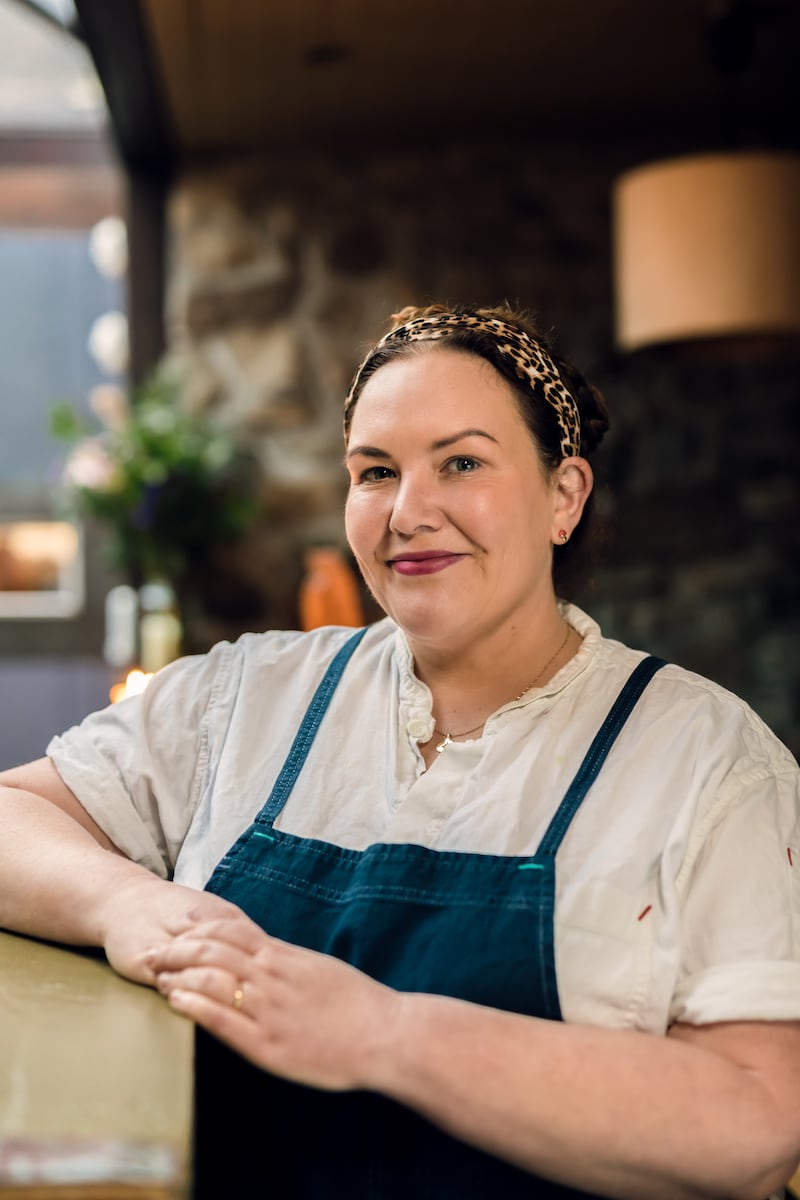
Jess Murphy, co-owner and chef at Kai in Galway City, says that ordering locally in small batches is key to reducing food waste in her kitchen. “We are also very focused on not having any food waste on customers’ plates by serving the right amount of protein alongside tasty local ingredients,” says Murphy. They also feed their 25 staff on off-cuts from dishes made for the menu. “The staff eats everything the customers are eating, and we make chutneys and jams when we have excess fruit and vegetables,” she says.
When asked how to spread the zero food waste message to all chefs, Murphy suggests closer contact with producers. “If you look an animal in the eye, you will respect its meat and won’t waste any part of it. And if chefs had to spend a day digging up carrots and potatoes, filleting fish or working in an abattoir, they would be more connected to the food they used in their kitchens and not waste anything.”











